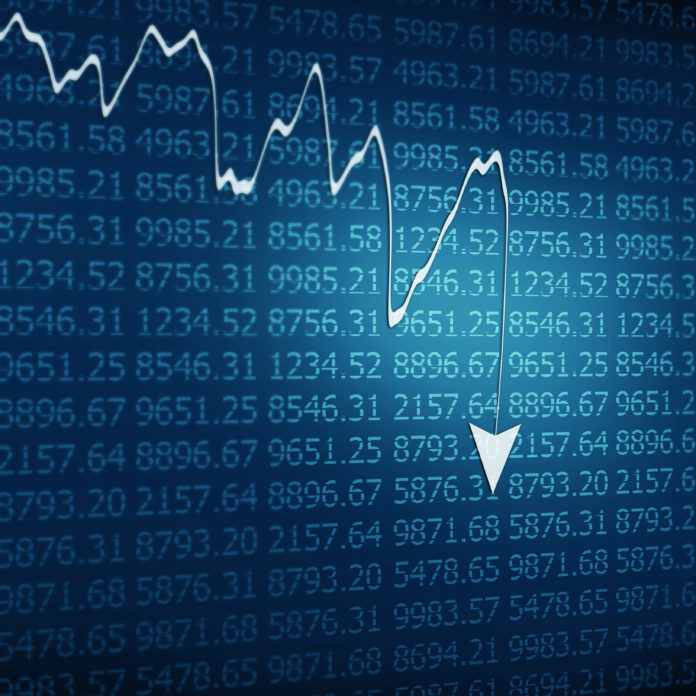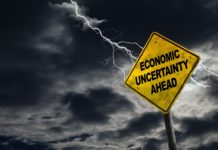All good things must come to an end. Even Wall Street isn’t immune to this old adage.
A new study by Swiss financial consultants Wellershoff & Partners concluded that the U.S. stock market is likely to take a tumble of at least 30% at some point in the next five years.
What makes this study any different than any other analyst predicting a big drop—or a big increase—in stocks? There’s some pretty impressive statistical analysis behind this projection.
Since the 1980s, investors have championed the concept of studying long-term moving averages of P/E ratios to correctly value the stock market. P/E, or price/earnings ratios are calculations that use a company’s current stock price divided by recent earnings.
One-year earnings, experts argue, are simply too unpredictable to offer an accurate long-term picture. But when earnings are distributed over a longer period—10 years is the benchmark—an analyst can better forecast future price movements. Last year, American economist Robert Shiller won the Nobel Prize largely due to his work in furthering this idea.
The concept, known in the industry as cyclically-adjusted P/E (CAPE) ratio, found that as of the study’s publication date in late July, the market stands at a CAPE reading of 25.69 (it has since risen to 26.1). Either way, that’s one of the highest levels in recorded history, and 55-57% higher than the average historical reading of 16.55.
Sounds great, right? GuruFocus looked at historical CAPE ratios in six-month increments since 1881. Let’s take a look at times throughout history when the CAPE ratio has risen to the current level:
1.) January-July 1929 (CAPE Ratio 27.3): This was the first time the ratio climbed above the current marker of 26.1. Unfortunately, any momentum generated by this accomplishment was overshadowed by the events of that October—known as the start of the Great Depression.
2.) January-July 2000 (CAPE Ratio 43.0): It took more than 65 years for the CAPE to approach those lofty heights again, but it reached 26.7 in early 1997 and continued to climb to an unprecedented 43.0 by early 2000. However, starting in January 2000, the market took what would be ultimately a 40% downturn over the next three years—slicing the CAPE ratio in half.
3.) January-July 2007 (CAPE Ratio 26.8): It didn’t take long for the ratio to climb back above the 26.1 mark, peaking in mid-2007 at 26.8. What came next? The years 2008 and 2009 are still reviled on Wall Street, as the S&P 500 saw a 56% crash over 17 months.
So here we are again, with extraordinarily high CAPE ratios. But the Swiss economists aren’t fooled, pointing out the high correlation between these figures and impending market crashes. “Thus, at least for the U.S. market, it seems fair that the risk of losing capital is substantial,” read the study.
They say that those who don’t learn history are doomed to repeat it. Hopefully, investors will heed the warning this study offers and get out before it’s too late.













